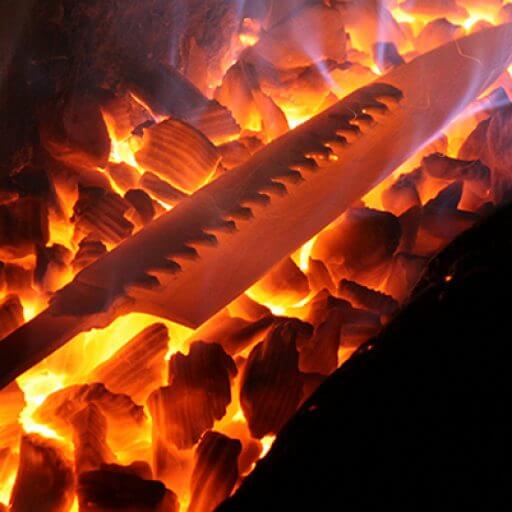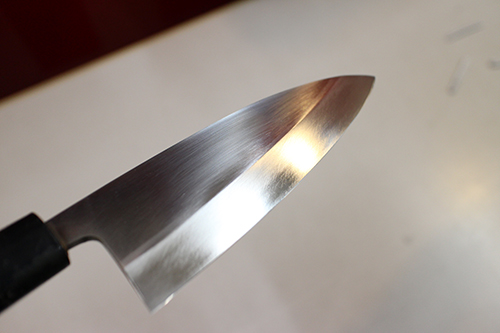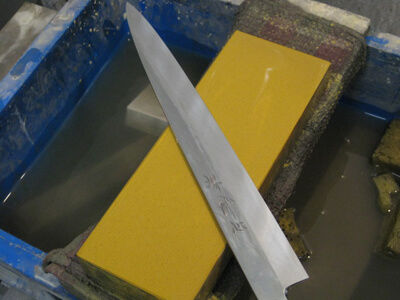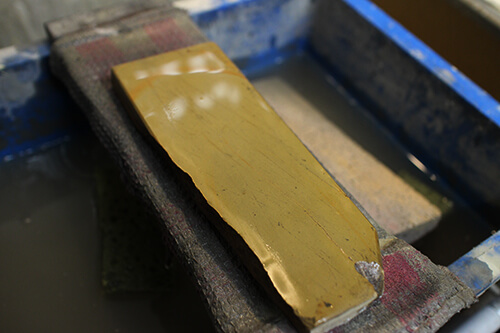Condition of the whetstone
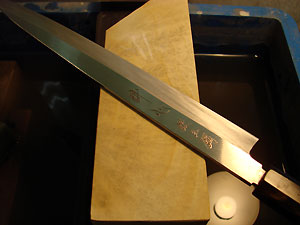
When it comes to using whetstones, there’s this common saying: “Using the slurry from the stone is the way to go!” And you know what? It’s true! That slurry helps with the sharpening process by aiding in abrasion. It’s like a team effort between the stone’s abrasive power and the slurry’s polishing action, making the whole sharpening process much more efficient!
But hey, there’s always an exception to the rule, right? Especially when it comes to artificial finishing stones. You see, if you go straight from using the stone as is to doing the final edge alignment, you might not be getting the most out of your stone. Let’s say you want to achieve that perfect gleam only on the blade edge, or you want to finely hone the entire cutting surface of your knife. Well, if you skip a step, your stone might not be in its prime condition for the job.
Why? Because the surface of your stone might have a thin coating of fine metal particles from previous sharpening sessions. You might not notice it when the stone is wet, but let it dry, and you’ll see a shiny film. Sharpening from this coated state might give you a less-than-ideal result, with your knife feeling a bit duller than expected.
So, what’s the solution? Before that final edge alignment, give your stone a light truing using the side of a medium grit stone. Don’t go too rough, though, or you’ll mess up the surface of your finishing stone. Think of it like peeling away a thin layer to reveal the fresh surface underneath!
Alternatively, when you’re sharpening with your finishing stone, try running a thin stream of water over it as you sharpen. This should help maintain the stone’s original grit, giving you a better edge in the end.
By the way, you don’t have to worry about these things with natural whetstones! They keep unveiling fresh surfaces, so you always have that fresh, sharp edge at your disposal.
Now, all these tips are primarily for those who lean towards the Itohiki edge style, but I reckon they could still benefit those who prefer a straight edge too.
I’ve got plenty more to share, but let’s leave it at that for today!
- 2009-05-18
